I am currently trying to write a code that will solve the consumption path over a 100x100 state space, subject to possible shocks in production. I currently have
###################################Part 3.1###################################################
nonpersist<-matrix(c(.5,.5,.5,.5),nrow=2,ncol=2)
persist<-matrix(c(.9,.1,.3,.7),nrow=2,ncol=2)
space<-seq(length=100, from=0, to=7.2) ##Create a sequence of 100 values ending at the point where value goes negative
alpha<-0.3 #take alpha as given
beta<-0.98 #take beta as given
vprime <- c(1:100) ##create a vector length 100 to be replaced later
t_vj <- c(1:100) ##create a vector length 100 to be replaced later
A <- c(rep(4,100))
random<-c(runif(100))
iterater<-function(space){ ##create a function to perform the iteration
for(i in 1:100){
for(j in 1:100){
if((A[i]*(space[i]^alpha)-space[j])<0){
t_vj[j]=-99
}
else if(random[i]<.5){
A[i]<-4
t_vj[j+1] <- (log(A[i]*(space[i]^alpha)-space[j])+ beta*t_vj[j])
}
else{
A[i]<-20
t_vj[j+1] <- (log(A[i]*(space[i]^alpha)-space[j])+ beta*t_vj[j])
}
}
}
vprime[i]<-max(t_vj)
plot(space,vprime, xlab="State Space", ylab="Value")
}
iterater(space) #call the function
Which unfortunately is currently yielding the graph https://i.stack.imgur.com/UXoUt.png
Which is not what we should expect in a non-linear function.
Any ideas?
Any help would be much appreciated.
